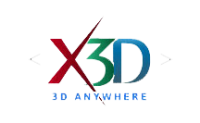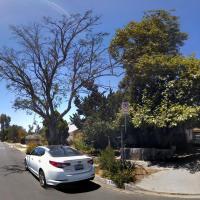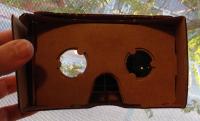X3D Futures: Structure of the Next Version
Submitted by Leonard Daly on Tue, 09/29/2015 - 20:14I have been doing a lot of thinking and talking with people working in computer-based 3D graphics to determine what the next generation of X3D should look like. There are important considerations and practices that need to be addressed. This post is an attempt to summarize the current state of X3D and the industry (primarily non-X3D) process of creating 3D scene. The next part will outline some of the options for the next generation.

 For 20 years, the Web3D Consortium has developed and maintained a open, royalty free, ISO ratified and well documented standardized markup language for transmitting and displaying 3D content on the web called X3D.
For 20 years, the Web3D Consortium has developed and maintained a open, royalty free, ISO ratified and well documented standardized markup language for transmitting and displaying 3D content on the web called X3D.

 Smart phones and tablets with recent releases of Chrome, Firefox, Safari, or Internet Explorer can display 3D models from the Web. These devices also have internal sensors that tell the browser about its orientation.
Smart phones and tablets with recent releases of Chrome, Firefox, Safari, or Internet Explorer can display 3D models from the Web. These devices also have internal sensors that tell the browser about its orientation.